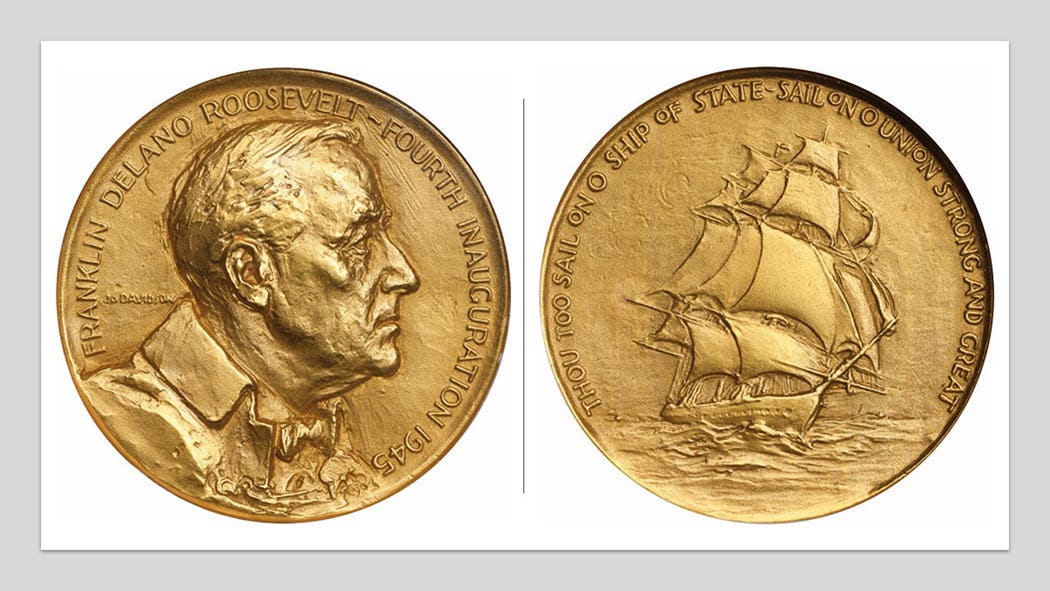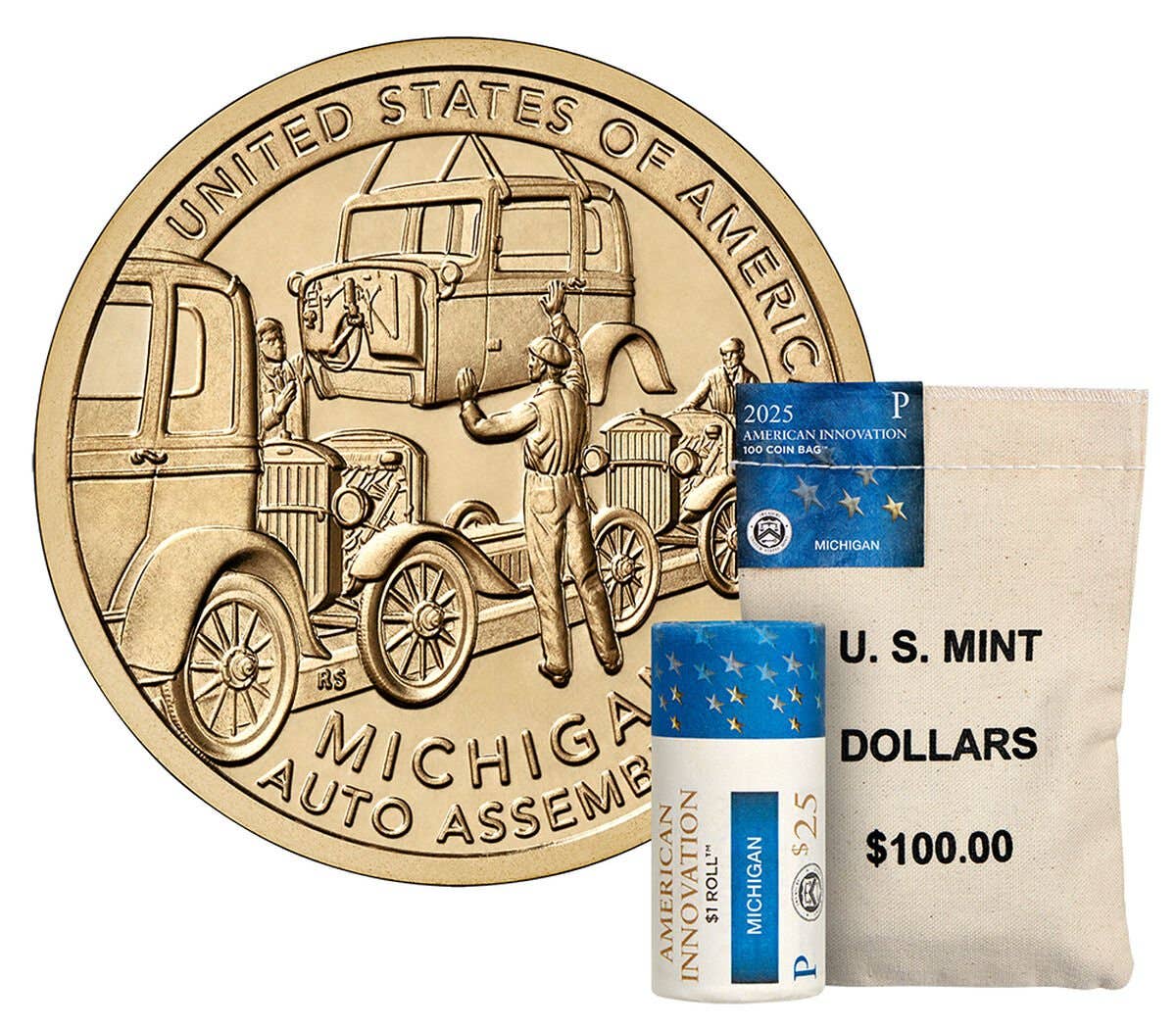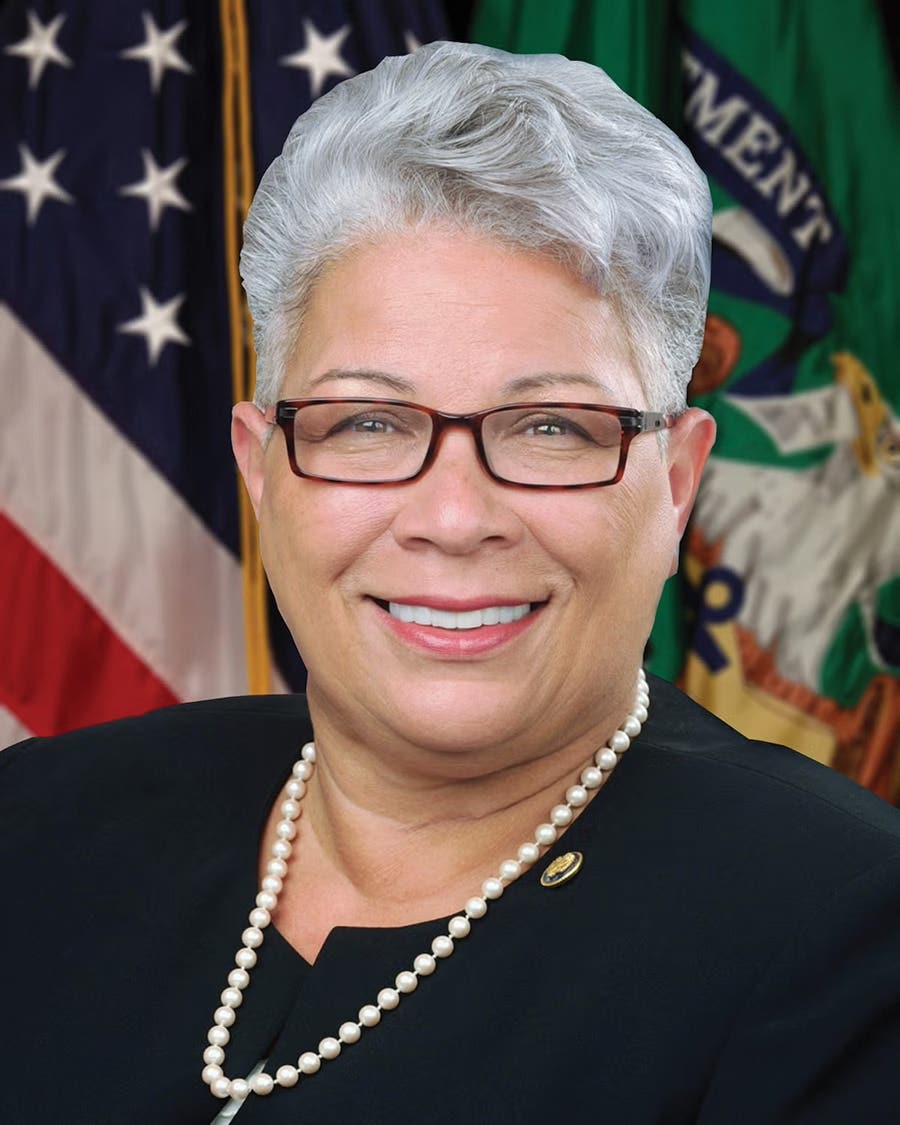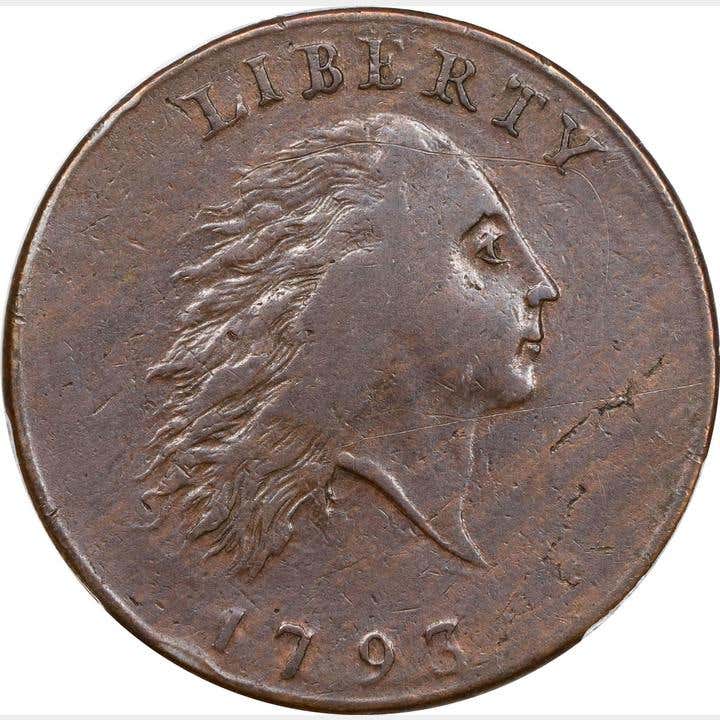The 1983-P Quarter
It may not stand out in terms of mintage, but conventional factors don’t apply when it comes to the 1983-P quarter and its potential rising value.
Sometimes a coin comes along and just stuns everyone as it seems to have a unique ability to rise in price to levels higher than anyone ever thought possible. It might very well be the case that the 1983-P quarter is just such a coin, and that decades from now people will still be writing about the 1983-P and how it soared to price levels that were hard to believe.
If you look at conventional factors, the 1983-P would not strike you as a coin that was likely to soar to high levels. It just did not stand out in terms of its mintage, which was 673,535,000. If anything, that total could be termed simply average at the time. For many collectors, the assumption would have been that there would probably be solid supplies for the 1983-P in uncirculated grades for decades.
In the case of the 1983-P, however, conventional factors do not seem to apply. Certainly, the mintage total seems to have no impact on its price, which at $50 in MS-65 is far higher than any number of dates with lower totals.
There was an immediate factor when it came to the 1983-P that set it apart from most dates of the period, and that was that there were no mint sets offered by the Mint in 1982 and 1983. Now that naturally has an impact on the 1983-D, which is at $30 and the 1982-P and 19872-D, which are both over $10 in MS-65.
The impact of the lack of mint sets seems to vary by denomination, and in the case of the quarter it seems to matter more than most. What those mint sets mean is an extra, although somewhat hidden, supply of Mint State coins for a given year. Those Mint State coins are not easy to get into the market as the sets have to be broken up, but at least the coins are there and usually safe. If the price of individual coins goes high enough, it is usually possible to find someone who will break up their sets if the price is right. The supply is potentially significant as there are many times 1 million sets sold in a given year. While all the coins might not be MS-65, they are safely Mint State. And without that backup supply, if a date suddenly is in short supply, there is a way to meet the excess demand at least for a while. In the case of the 1982 and 1983, there is no such supply.
While there were no mint sets, there was certainly the possibility of acquiring uncirculated rolls of the 1983-P for face value back at the time if anyone wanted them. It would appear, however, that no one (or certainly very few) bothered and with good reason.
It must be remembered that 1983 was a very exciting time. The modern commemorative program had started up, first with the 1982 Washington half dollar followed by the 1983 Los Angeles Olympic program. That offering featured the first gold coin of the United States since the Gold Recall Order of 1933 in the form of a $10 commemorative.
The fact that the United States was again going to make a gold coin was huge news. It was also very exciting to many collectors, and with all the publicity it is easy to understand why the vast majority of collectors and dealers at the time would have opted to spend over $300 on the Los Angeles $10 as opposed to 30 rolls of the 1983-P at face value.
Many times in the past, in cases like the 1931-S Lincoln cent or 1950-D Jefferson nickel, there were huge hoards waiting to appear, but the 1983-P may be a different situation. Everything at the time was against hoarding including the 1983-P since it was not low-mintage like the others. It must also be observed that it’s already produced a very nice profit with no signs of any appearing. That may make it very unusual, and it just may be the case that the 1983-P simply is not available and that could mean still higher prices.








